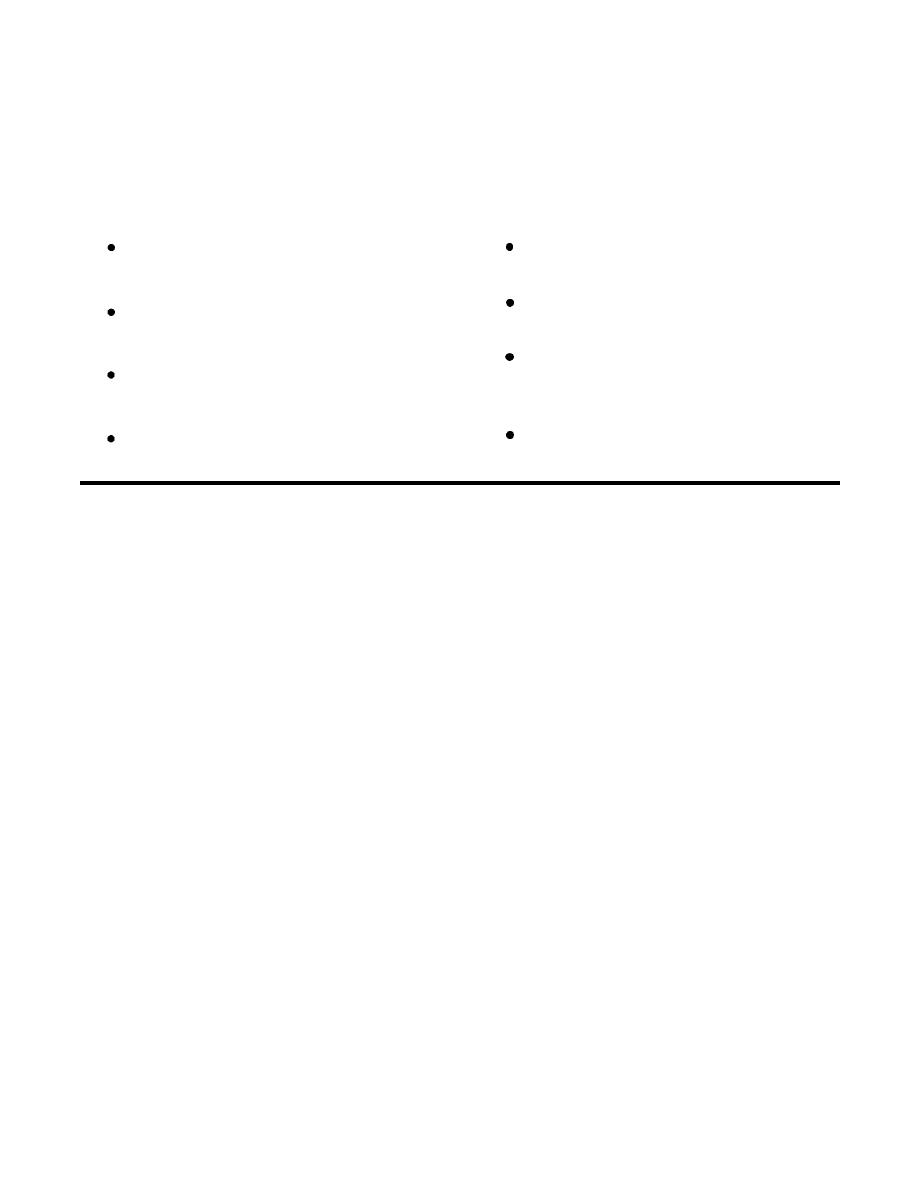 |
|||
|
|
|||
| ||||||||||
|
|
 CHAPTER 2
ANEMOMETER SYSTEMS
CHAPTER LEARNING OBJECTIVES
Upon completion of this chapter, you should be able to do the following:
Describe the synchro signal amplifier and its
Describe the two types of anemometer (wind
direction and speed indicating) systems.
principles of operation.
Describe the procedures in performing preven-
Identify the major components of anemometer
tive maintenance on anemometer systems.
systems.
Describe the procedures to follow in trouble-
Describe the purpose and operation of the major
shooting and repairing the components in ane-
components.
mometer systems.
Describe the crosswind and headwind computer
Describe synchros and the procedures for zero-
system
ing different types of synchros.
Detector
The anemometer (wind direction and speed indica-
tor) system, circuits HD and HE, provides instantaneous
The detector (fig, 2-1) is a dual-purpose instrument
and continuous indication of wind direction and speed
employing two type 18CX4 synchros for transmitting
relative to the ship's heading and speed. Wind direction
the instantaneous undamped signals representing wind
and speed information is important for combat systems
direction and speed to the transmitter and/or computers.
operations, flight operations, and maneuvering.
Throughout this chapter we will use the term wind
The detector should be mounted on a mast or yard-
direction and speed indicator systems interchangably
arm where it will receive unobstructed wind flow from
with the term anemometer systems.
all directions. Be careful not to submit the detector to
wind currents and eddies from nearby objects. Avoid a
WIND DIRECTION AND SPEED
INDICATOR SYSTEMS
the detector. Equipment cannot be installed in the area
that will interfere with the detectors.
There are two types of wind indicating systems, type
F and type B. The type F system provides both 115-volt,
The direction synchro in the detector is mounted in
60- and 400-Hz outputs. The type B system provides
a vertical support and is coupled to a plastic vane
only 115-volt, 60-Hz outputs. Most ships have two
assembly. A speed synchro enclosed in synchro housing
systems installed; one for the port side of the ship and
is mounted in the head of the vane and is geared to a
one for the starboard side of the ship.
screw-type rotor assembly that senses wind speed. The
angular position of the vane and rotating speed of the
MAJOR COMPONENTS
rotor assembly are sent to their respective synchros in
the transmitter. Electrical connections are made to the
The major components of the system are the wind
speed synchro through the collector ring assembly and
direction and speed detector, the wind direction and
brushes on the brush holder assembly.
speed transmitter, and the wind direction and speed
Wind direction is determined by the position of the
indicator. Throughout this chapter we will refer to these
vane and is shown as degrees off the bow of the ship.
components as the detector, the transmitter, and the
The direction synchro is set to electrical zero when the
indicator. The synchro signal amplifier is also a com-
vane points directly to the bow. As the wind positions
ponent of these systems.
2-1
|
|
Privacy Statement - Press Release - Copyright Information. - Contact Us |